- Have any questions?
- +86-189 8930 5995
- sales@mosinterchem.com.cn
Erbium oxide CAS 12061-16-4
- Home
- Rare Earth And Rare Metals
- Erbium oxide CAS 12061-16-4

EUROPIU CAS 7440-53-1
24/12/2018
Indium III oxide CAS 1312-43-2
24/12/2018| Model: | MOS 12061-16-4 |
| Brand Name: | MOSINTER |
| Alias: | Erbia |
| CAS: | 12061-16-4 |
| Appearance: | Pink powder |
| TREO: | ≥99% |
| Purity: | 99%~99.9999% |
| Melting point: | 2400°C |
| Molecular Formula: | Er2O3 |
| Molecular weight: | 382.52 |
| Density: | 8.64 g/mL at 25 °C(lit.) |
Erbium oxide (CAS: 12061-16-4)
| Item | Index % |
| Main content: Er2O3/REO | >99.99% |
| RE Impurities | PPM(MAX) |
| La2O3/REO | 1 |
| CeO2/REO | 1 |
| Pr6O11/REO | 1 |
| Nd2O3/REO | 1 |
| Sm2O3/REO | 1 |
| Eu2O3/REO | 1 |
| Gd2O3/REO | 1 |
| Tb4O7/REO | 1 |
| Dy2O3/REO | 8 |
| Ho2O3/REO | 50 |
| Tm2O3/REO | 10 |
| Yb2O3/REO | 8 |
| Lu2O3/REO | 7 |
| Y2O3/REO | 260 |
| Non-RE Impurities | PPM(MAX) |
| Fe2O3 | 10 |
| SiO2 | 16 |
| CaO | 22 |
| Cl- | 102 |
| L.O.I | 0.71% |
| TREO | 99.16% |
Erbium(III) oxide, is synthesized from the transition metal erbium. It was
partially isolated by Carl Gustaf Mosander in 1843, and first obtained in
pure form in 1905 by Georges Urbain and Charles James. It has a pink
color with a cubic crystal structure. Under certain conditions erbium oxide
can also have a hexagonal form. Erbium oxide is toxic when inhaled, taken
orally, or injected into the blood stream in massive amounts. The effect of
erbium oxides in low concentrations on humans over long periods of time
has not been determined. However, this compound should be handled with care.
Reactions
Erbium metal tarnishes slowly in air. Erbium burns readily to form erbium (III) oxide:
Formation of erbium oxide: 4 Er + 3 O2 → 2 Er2O3 Erbium oxide is insoluble in
water and soluble in mineral acids. Er2O3 readily absorb moisture and carbon dioxide
from the atmosphere. It can react with acids to form the corresponding erbium(III) salts.
Reaction with hydrochloric acid: Er2O3 + 6 HCl → 2 ErCl3 + 3 H2O
Properties
One interesting property of erbium oxides is their ability to up convert energy. Energy
up conversion takes place when infrared or visible radiation, low energy light, is
converted to ultraviolet or violet radiation higher energy light via multiple transfer or
absorption of energy. Erbium oxide nanoparticles also possess photoluminescence
properties. Erbium oxide nanoparticles can be formed by applying ultrasound (20 kHz,
29 W·cm−2) in the presence of multiwall carbon nanotubes. The erbium oxide
nanoparticles that have been successfully made by employing ultrasound are erbium
carboxioxide, hexagonal and spherical geometry erbium oxide. Each ultrasonically
formed erbium oxide is photoluminescence in the visible region of the electromagnetic
spectrum under excitation of 379 nm in water. Hexagonal erbium oxide photoluminescence
is long lived and allows higher energy transitions (4S3/2 -4I15/2). Spherical erbium oxide
does not experience 4S3/2 – 4I15/2 energy transitions.
You must be logged in to post a review.

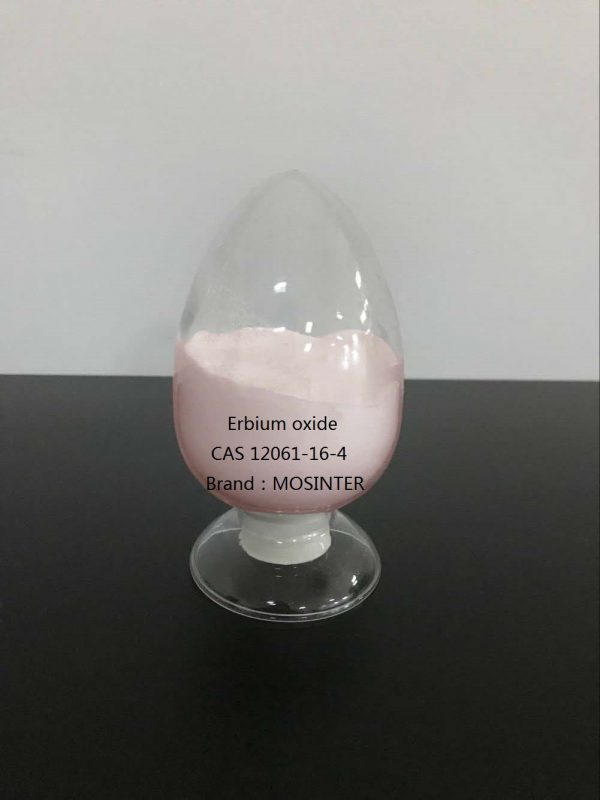
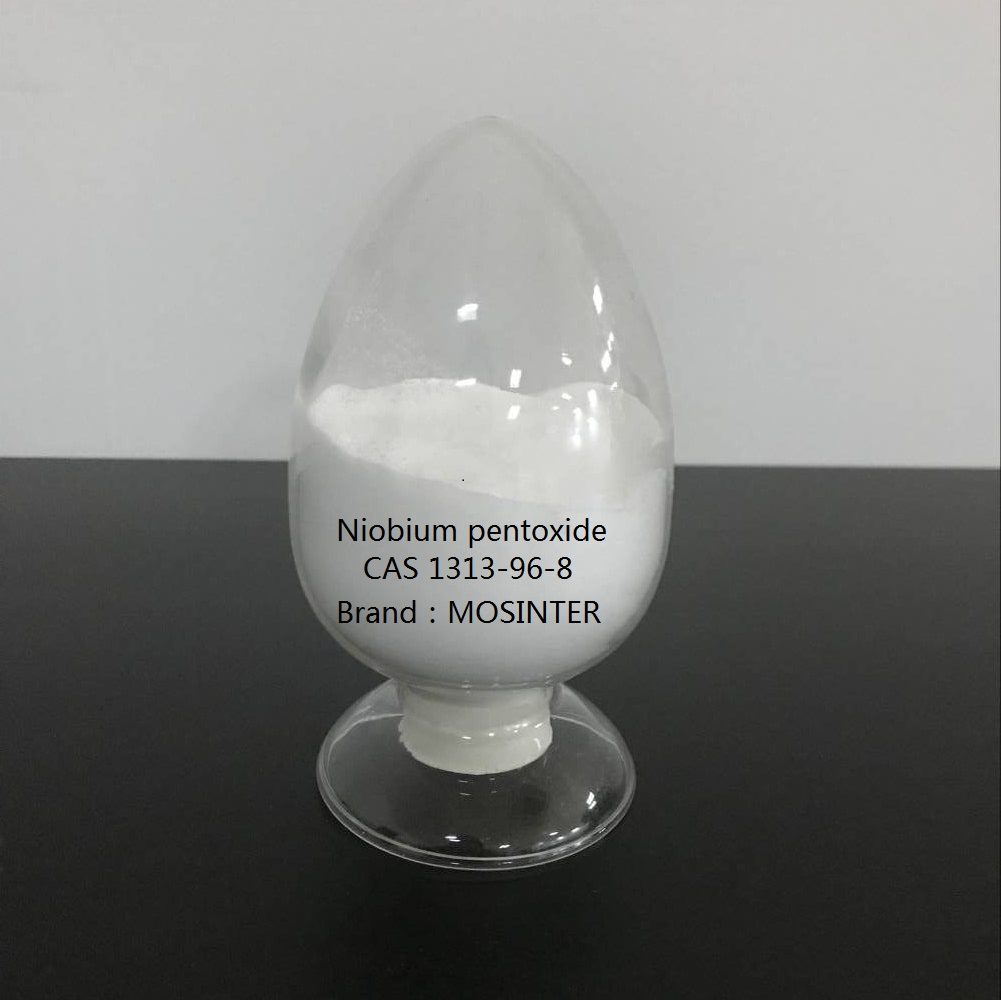
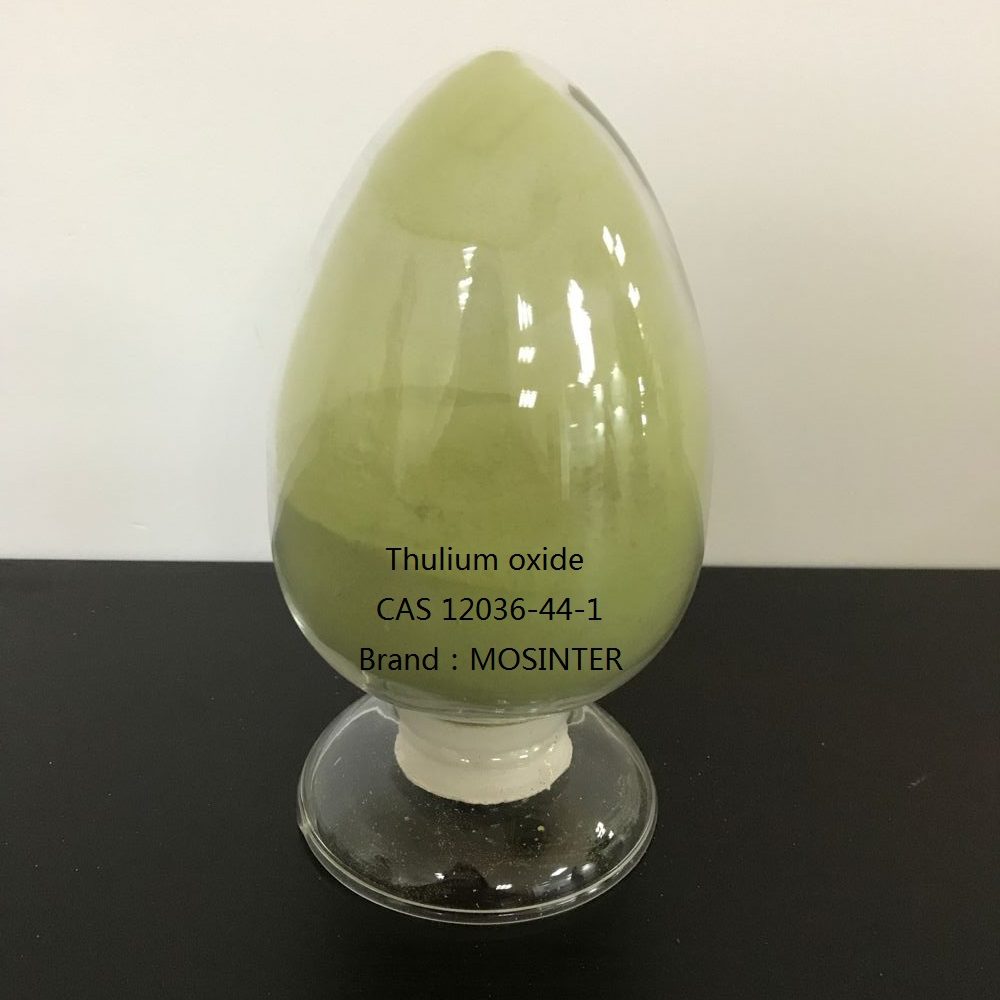
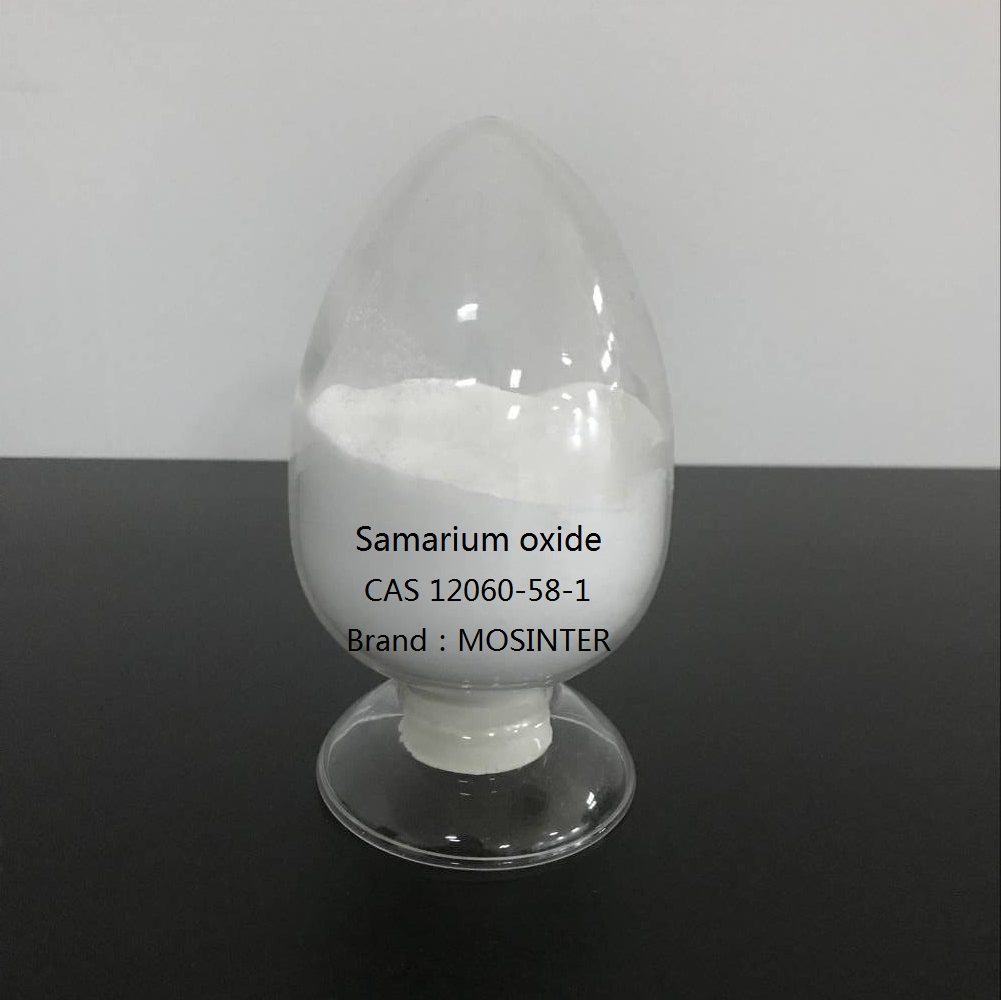
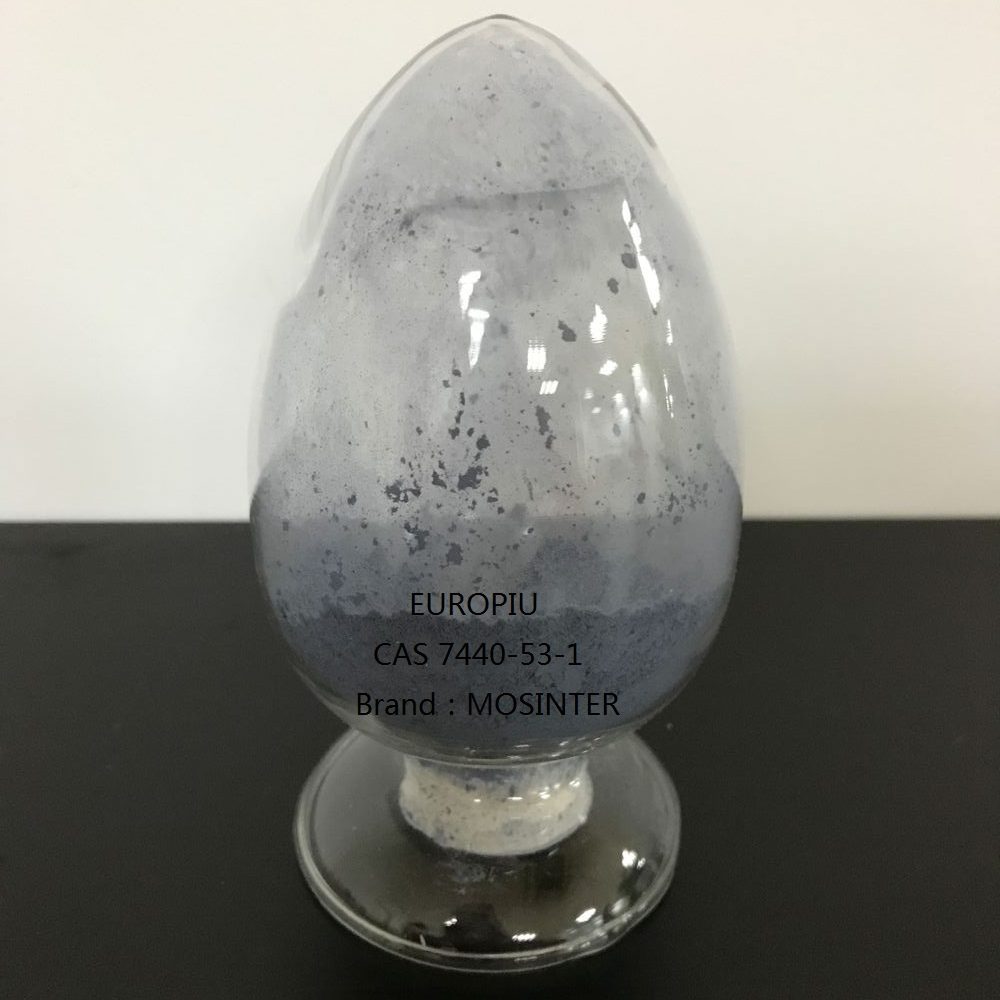
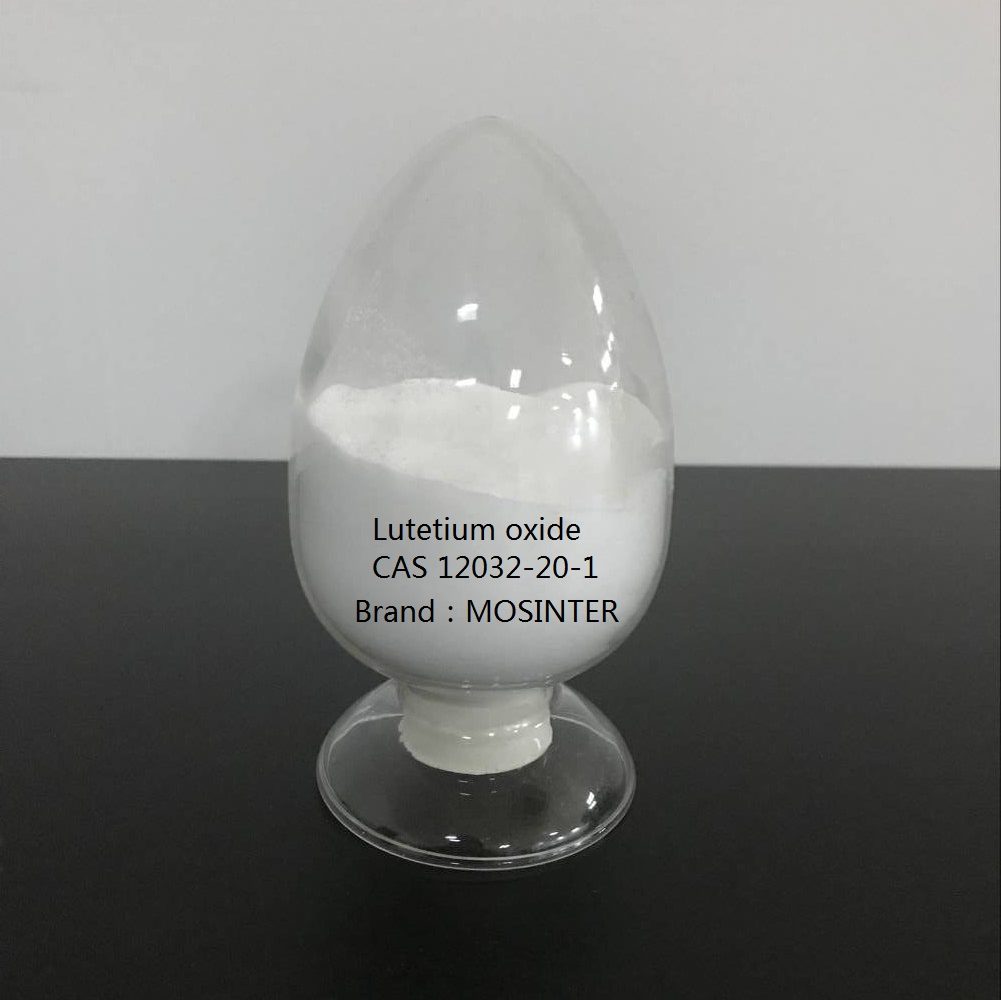
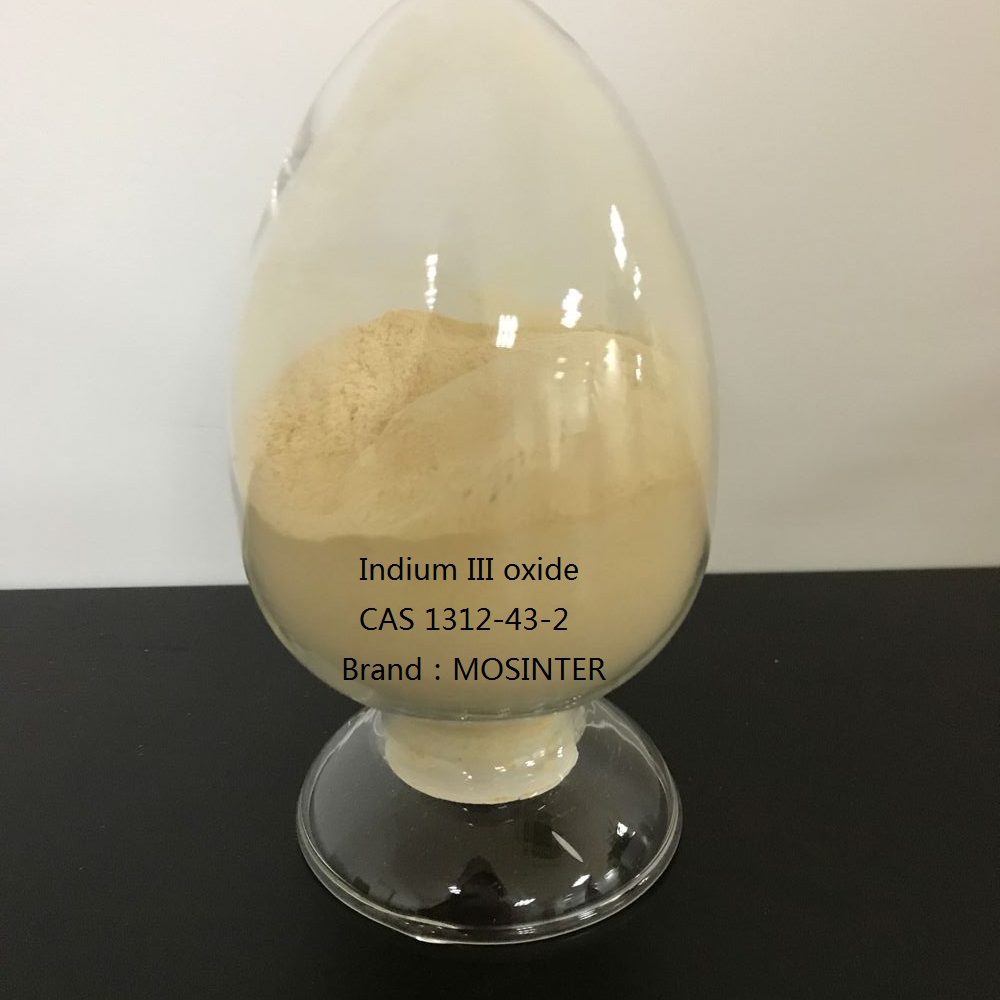
Reviews
There are no reviews yet.